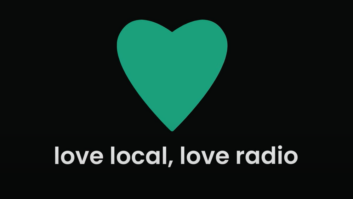Pandora is set on gaining a bigger share of what it calls the “radio listening universe.” During the streamer’s third quarter financial recap at company headquarters in Oakland, Calif., this week, CEO Tim Westergren specifically mentioned Pandora’s ability to wedge itself further into the AM/FM terrestrial listening arena as critical to its future.
Pandora is losing money — it reported a net loss of $61.5 million in the third quarter — but says it now represents just shy of 10 percent of all radio listening done in the United States, according to its data. “That makes us the largest radio station in every major market in the country,” Westergren says. “And in some cases substantially larger than any local broadcast station.”
Broadcasters have chafed at such comparisons. But the growth gives Pandora the opportunity to leverage local advertising dollars, he says. Local ad sales remain the fastest-growing part of the provider’s revenue, which totaled $351.9 million for Q3.
Westergren also announced Pandora has passed the $1 billion threshold for annual advertising revenue.
“We are going after broadcasters. As we penetrate more cars and homes we think of broadcast radio as being deeply vulnerable to what we believe is a far superior product: our personalized radio product.”
Pandora has been in full-blown transition mode since Westergren rejoined the company earlier this year and is hoping to transition some of its 77.9 million users in the third quarter to a subscription tier.
On Tuesday the CEO announced the debut of a Pandora Premium pay service. It will launch in early December at a price point of $9.99 per month with unlimited skips, unlimited replays, built-in search and play and other features that will make for a more interactive and on-demand service, Westergren says. The $4.99 a month Pandora Plus service was introduced earlier this fall with fewer features.










